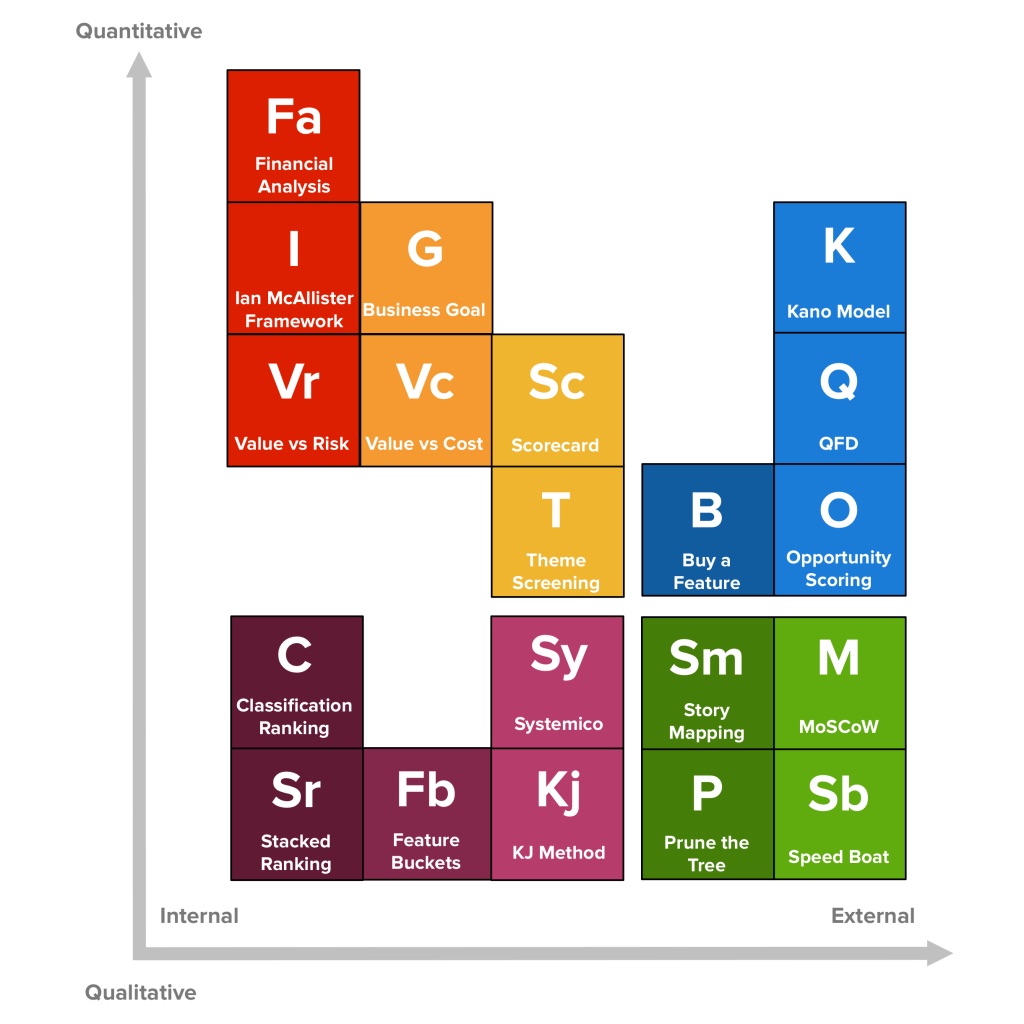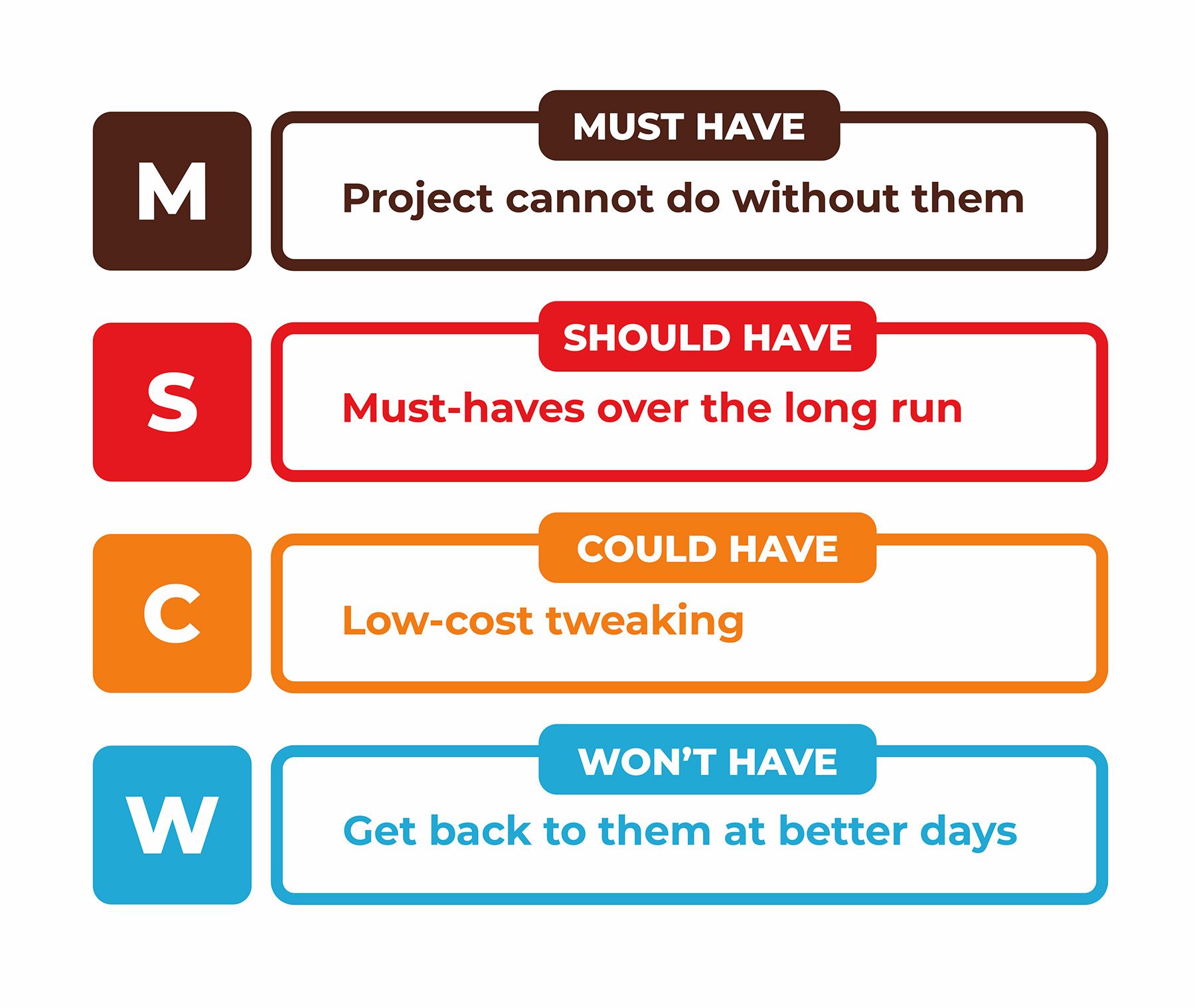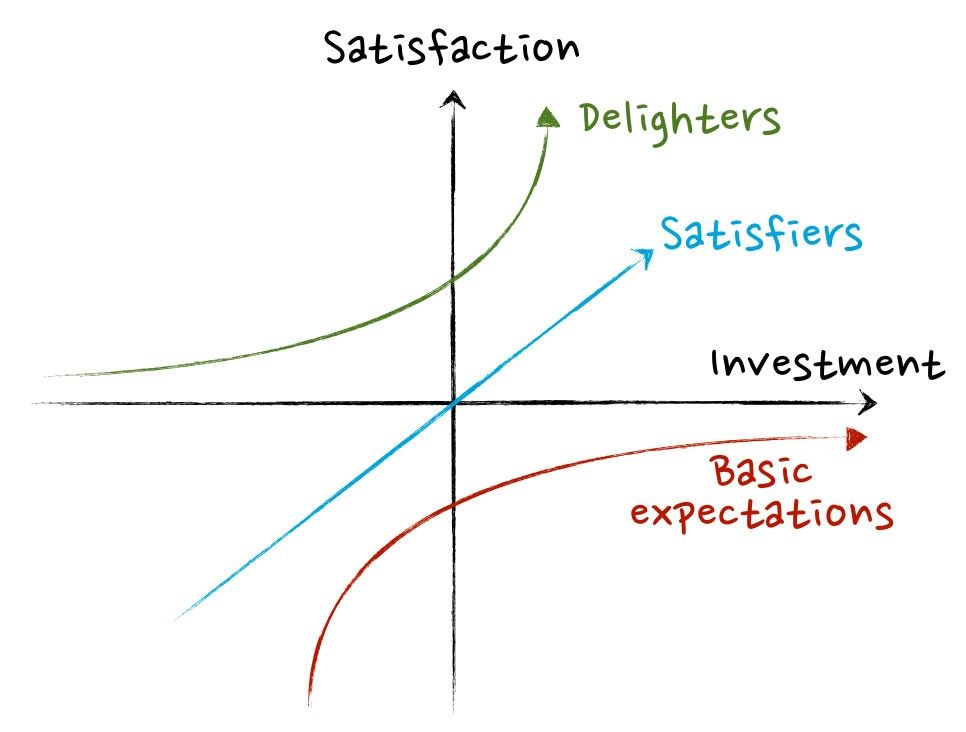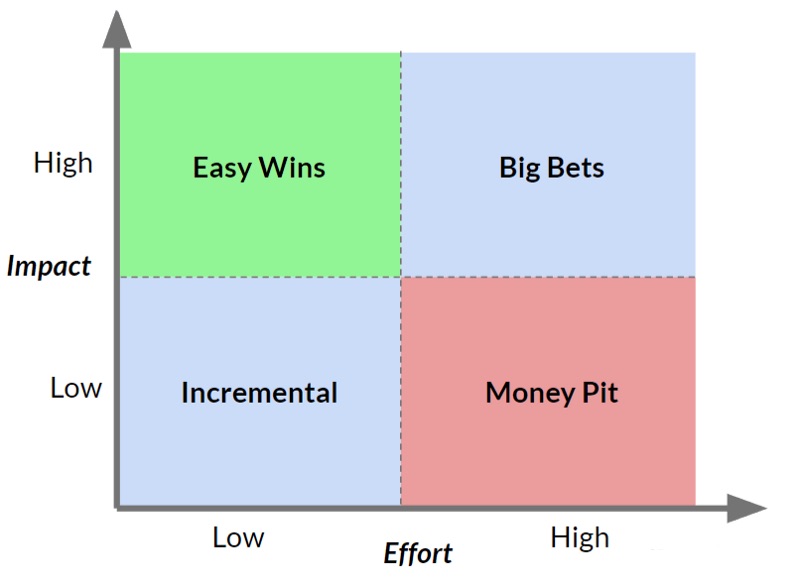What is prioritization? Prioritization is a development process that helps determine top-priority tasks from the secondary ones. And it also allows you to spend a minimum of effort and get the maximum result.
We here at Fulcrum know more than 30 methods of prioritization out of thousands available. And in this post, we will tell you about our three favorites. But first, here’s a little about the process itself.
At what stages of development are task prioritization techniques most needed?
Prioritization techniques are needed both at the stage of completing the product backlog as well as at the stage of the sprint backlog.
In Fulcrum, we conduct the first round of prioritization during the discovery phase, in particular, during the scoping phase – a business analyst is responsible for it.
BUT: Prioritization of requirements cannot be done by the BA alone based on his understanding of the project scope. BA needs to bring together different stakeholders.
Next, we prioritize tasks directly during product development. Then the top-priority tasks are set in sprints – and this is the responsibility of project managers.
 The Periodic Table of Product Prioritization Techniques by career.pm
The Periodic Table of Product Prioritization Techniques by career.pm
How do we usually prioritize?
We break down product features into high, medium, or low priority, where high and medium are mandatory ones, and the low ones are cool, but the product can still do without them.
Why is prioritization techniques in agile not always an easy process?
Because we need to find a consensus
- between user needs and the wishes of stakeholders;
- between sophisticated smart features and basic and essential features;
- between the amount of effort and time and the impact that these efforts will have on the product.
What prioritization techniques are most effective, according to Fulcrum?
- MoSCoW;
- Kano;
- Impact-effort.
Prioritization with MoSCoW

Description: This is a classic task prioritization technique. Here, we divide the features into must-have, should have, could have, won’t have. Obviously, we take into development must have and should have ones. Others are already secondary features. This technique is surprisingly good for organizing internal processes because in the process of product development you may mix up the difference between should have and could have.
Example of using MoSCoW Matrix: If we are developing a food delivery application, its must-have features will be mobile authorization, online payment, geolocation. It should have features that will be the possibility to log in from social networks or e-mail and the ability to track the status of the order. Its could have feature will be the option to tip the courier and make a permanent pre-payment for delivery.
Here’s how we developed a right-to-left food delivery app.
Fulcrum recommends: All prioritization matrices can be completed both as a team and with the involvement of stakeholders and potential users. We strongly encourage you to involve all stakeholders in the process so that your prioritization is more objective and realistic.
Prioritization with Kano

Description: This is a matrix for the realization of products that impress users. Kano is suitable for the product development process, as it offers to divide the MVP or product’s features into
- those that users expect from the product,
- those that users do not care about,
- those that bring joy to users.
You can think about it yourself. However, the matrix works most effectively in interviews with potential users. Using Kano during the discovery phase or MVP, you will be able to test your hypothesis about core functions and understand what else needs to be added to actually impress TA and outperform competitors.
Example of using Kano Matrix: If we need to create a mobile driving school application, the features that users expect from the product will be: the possibility to book a practical driving lesson and the opportunity to study and test their theoretical knowledge in the app, as well as the option to pay for classes online. A feature that will definitely bring users joy will be the opportunity to monitor the learning process, i.e. track their progress in real-time and be able to see how much time and effort it takes to complete the training course.
How to develop an application for e-learning, we tell in more detail here.
Fulcrum recommends: If you need to optimize the time and effort spent on filling in the matrices, you can analyze the functions available to everyone while studying competitors – and then add them to the core functionality of your product.
Impact-effort

Description: This is one of the easiest matrices for fast and transparent prioritization. It can be filled in together with stakeholders. After you have scattered your tasks on four cells, you should weed out the white elephants. Then – focus on tasks that require minimal effort, but bring maximum benefit. Next – determine which of the resource-consuming tasks you work with, and which of them you do not touch. The prioritization methods mentioned above can help with this.
Example of using the Impact-Effort matrix: Suppose, our task is to create a new social network. Easy wins – the ability to log in different ways, create your profile, upload photos, and videos and publish posts.
The next priority tasks will be those that require more effort but give an impressive effect. In the development of the social network, the Big bets are the opportunity to chat and scroll newsfeeds.
The most striking example of Incremental tasks is push notifications. You are unlikely to give them up, but it can definitely wait its turn after the core functions.
If your social network is not based on live video or voice broadcasts, these functions can be attributed to Money pit and left for later or abandoned altogether. They require a lot of time and effort but are not critical to the user.
Fulcrum recommends: Both product backlog prioritization and sprint backlog prioritization require quality planning. Our advice is to plan ahead so as not to fall into Planning Fallacy cognitive error. If in doubt, contact our team. Fulcrum has already become an expert in prioritization techniques in agile.
P.S.: We also often use our own matrix, in which we allow the team (tech lead), stakeholders, and potential users (i.e. UX-designer after interviews with users) to prioritize the tasks by marking them. Our customized matrix takes a little more time to fill in for all participants, but clears the communication and gives an accurate result.

